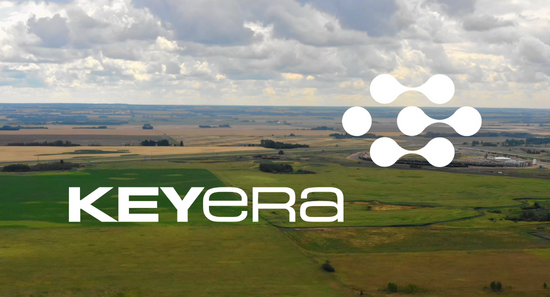We are connecting energy for life, which is our commitment to deliver energy sustainably and responsibly not just today but for our shared future.
Keyera's vision for the Heartland
Listen to our President & CEO, Dean Setoguchi, discuss how we plan to leverage Keyera's pipeline infrastructure, and nearly 1,300 acres of undeveloped land in the Heartland region for a low-carbon hub that will position us as a significant player in Alberta’s energy future and the province as a globally competitive player.
Our clean energy future starts here
Our undeveloped land in Alberta's Industrial Heartland is where the energy industry will join forces to make Alberta a globally competitive clean energy provider. These lands are the cornerstone for a low-carbon hub that will advance the energy transition as demand for clean energy grows.
Solar
In 2020, we entered into a solar power purchase agreement to source approximately 10 percent of our power needs from a new 25-megawatt solar generation facility near Drumheller, Alberta. The facility achieved commercial operation in March 2023.
-
Clean Energy Terminal
Keyera and CN are evaluating the creation of a specialized clean energy terminal in Alberta's Industrial Heartland. The new infrastructure would aggregate conventional and clean energy from multiple sources to support transportation of Alberta's diverse energy products and further strengthen the development of Canada's green energy future.
-
CO2 Transport
Keyera and Shell are exploring opportunities to build a future open access gathering and distribution network to transport captured CO2 from Keyera and other operations in the region to Shell's proposed Polaris Carbon Capture & Storage (CCS) hub for safe, reliable, and economic storage.
-
Grande Prairie Net Zero Gateway
Keyera is pleased to be working with the Government of Alberta to further evaluate development of an environmentally safe carbon storage hub.
View the Government of Alberta’s news release
Keyera is partnering with NorthRiver Midstream (NorthRiver) and Entropy Inc. on this initiative. NorthRiver and Keyera are both leaders in responsible and safe execution of major infrastructure projects, with the experience required to develop a world-scale carbon sequestration hub that would enable low-carbon development of Alberta's natural resources and unlock the value of clean fuels production in northern Alberta. Entrophy is an organization that specializes in carbon capture and storage (CCS) technology.
